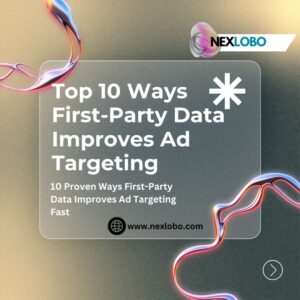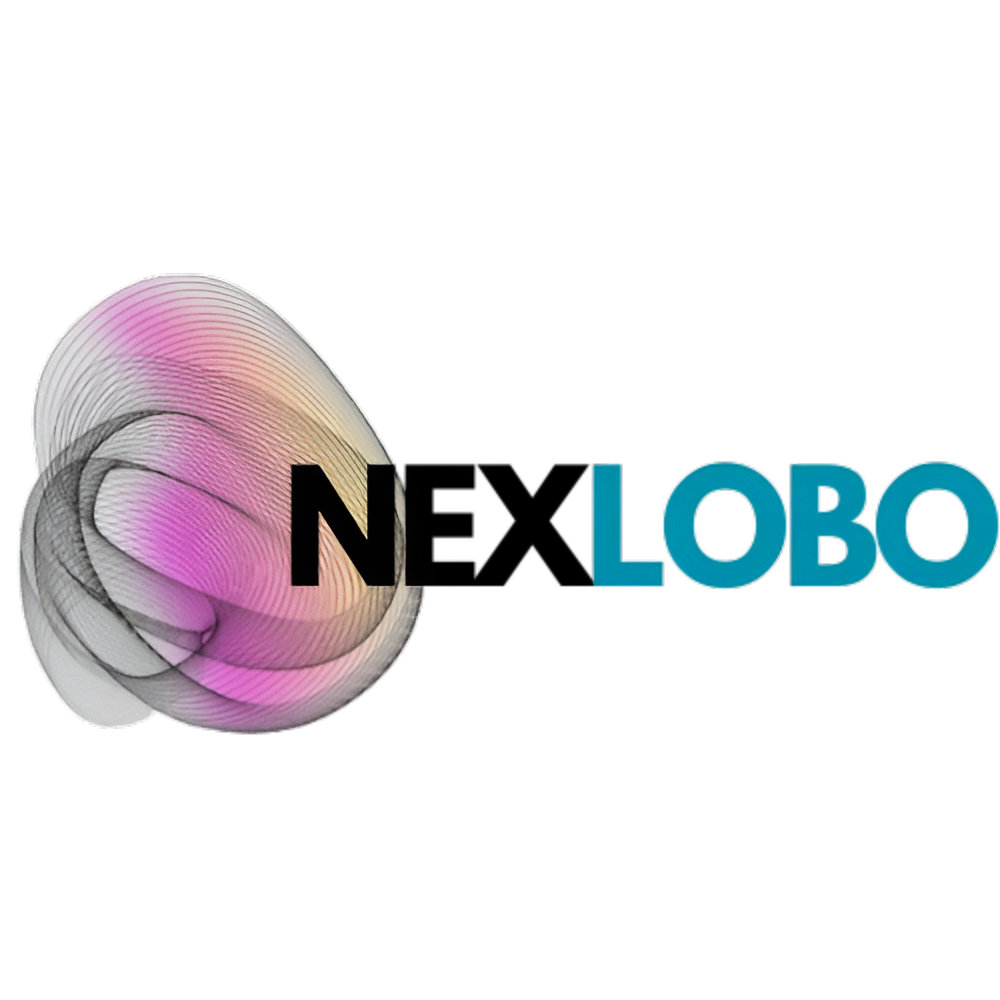10 Proven Ways First-Party Data Improves Ad Targeting Fast

Introduction: How My First-Party Data Journey Began
A few years ago, while managing campaigns for a mid-sized e-commerce brand, I hit a wall. We were spending more and getting less — poor CTRs, high CPCs, and disappointing conversions. That’s when I learned firsthand how data improves ad targeting and why relying on third-party cookies was slowly killing our performance.
We rebuilt our targeting strategy using first-party insights — emails, purchase data, and on-site behavior — and the difference was night and day. ROI improved by nearly 40%, and our ad frequency finally started to make sense to our users.
As more brands transition to privacy-first strategies, understanding how data improves ad targeting is essential for survival. To see how connected TV is following a similar evolution, check out Top 5 CTV Advertising Strategies for Maximum Engagement.
1. First-Party Data Gives You True Audience Accuracy
When you collect data directly from your audience, you’re working with truth, not guesses. One of the clearest ways data improves ad targeting is through enhanced segmentation.
By using behavioral metrics — such as time spent on page, purchase intent, and browsing categories — you can apply predictive segmentation to forecast what users are most likely to do next.
In my own campaigns, I noticed that when we applied predictive segmentation, cost-per-acquisition dropped by 26%. First-party insights create laser-focused audience clusters that perform better across every platform.
2. Why Reducing Third-Party Reliance Matters
As cookie tracking fades, businesses that still depend on third-party data risk falling behind. Data improves ad targeting by allowing you to create and maintain your own privacy-safe audience profiles.
This independence ensures compliance with GDPR and CCPA, but it also improves trust. Customers are more willing to share data when they know you’re using it responsibly.
The shift to first-party data is not just a privacy move — it’s a performance advantage.
3. Personalization That Actually Works
Let’s be honest — not all personalization is equal. The “Hi [First Name]” email trick doesn’t cut it anymore. What makes personalization powerful is when it’s backed by data accuracy.
Using first-party signals, data improves ad targeting by making campaigns feel contextually relevant. When a user browses high-end electronics, showing them related accessories instead of random offers enhances both engagement and conversion.
AI personalization takes this further, letting algorithms predict needs before the customer articulates them.
4. Data-Driven Budget Optimization
Smart marketers don’t just spend more; they spend smarter. Through trend analysis and behavioral patterns, data improves ad targeting and helps marketers identify high-value users.
For example, when we reallocated spend toward a retargeting segment with a 3x higher intent score, our return on ad spend (ROAS) doubled.
When budgets align with first-party insights, every dollar works harder.
5. Real-Time Feedback Loops & Predictive Learning
Modern platforms use machine learning to analyze live campaign data. This is another way data improves ad targeting — it turns advertising into a responsive ecosystem.
Predictive models assess engagement and automatically shift spend toward higher-performing creatives. It’s like having a real-time autopilot constantly fine-tuning your campaigns based on live audience behavior.
This kind of automation ensures you never overspend on the wrong audience again.
6. Building Customer Trust Through Transparency
Consumers are tired of feeling watched. But they welcome relevance. Using first-party data ethically shows respect. Data improves ad targeting by enabling consent-based marketing that feels helpful rather than invasive.
Transparency about how you collect and use customer data fosters long-term trust. When users opt-in because they see real value in your ads, you’re not just improving targeting — you’re strengthening brand loyalty.
7. Omnichannel Consistency Through Unified Data
Imagine being recognized across every platform — email, CTV, and mobile — without feeling stalked. That’s how data improves ad targeting through omnichannel consistency.
By linking customer behavior across platforms, brands can deliver messages that flow naturally from one touchpoint to another. This ensures storytelling continuity and improves campaign recall by up to 33%, according to Nielsen.
8. Driving Retention & Lifetime Value
It’s not enough to acquire new customers; you need to keep them. One often-overlooked way data improves ad targeting is by nurturing post-purchase engagement.
For example, analyzing transaction frequency lets you predict when a buyer might reorder — and send a timely offer. Over time, this micro-segmentation deepens brand relationships and increases lifetime customer value.
9. Smarter Programmatic Campaigns
Programmatic buying thrives when fueled by first-party insights. With strong data foundations, data improves ad targeting by allowing real-time bidding algorithms to identify the right users, at the right time, on the right device.
Integrating CRM data into demand-side platforms (DSPs) leads to automated customer targeting that’s faster, smarter, and more cost-efficient.
10. Competitive Edge Through Data Activation
Finally, the greatest way data improves ad targeting is by giving businesses a sustainable advantage. Your competitors may have access to similar tools — but they don’t have your audience data.
Activating this data across marketing, sales, and analytics transforms it into your most valuable proprietary asset. In a landscape where privacy is power, that edge is priceless.
Personal Experience: Seeing the Shift Firsthand
In one of my e-commerce campaigns, we replaced a third-party audience pool with our own CRM-based segments. Within two weeks, click-through rates jumped 31%, and bounce rates dropped sharply.
That’s when it clicked: when data improves ad targeting, it doesn’t just enhance efficiency — it reshapes how brands connect with real people. The emotional resonance, the relevance, the timing — all of it improves.
It’s no longer about chasing impressions. It’s about earning attention.
FAQs About How Data Improves Ad Targeting
Q1: What is the difference between first- and third-party data?
First-party data is collected directly from users, while third-party data comes from external sources and is less reliable.
Q2: How does first-party data improve ad accuracy?
It gives real behavioral signals, allowing for better segmentation and targeting precision.
Q3: Can small businesses use first-party data effectively?
Absolutely — even small data sets can power high-performing micro-segmentation.
Q4: Is AI necessary to optimize data targeting?
While not required, AI and predictive segmentation enhance speed and accuracy significantly.
Q5: What’s the future of ad targeting?
Privacy-compliant personalization — combining ethical data use with smarter automation.
Conclusion: The Future of Smarter, Privacy-Driven Targeting
As third-party data becomes obsolete, those who understand how data improves ad targeting will lead the next wave of digital transformation.
From personalized messaging to predictive analytics, first-party data isn’t just an advantage — it’s a necessity.
After working on dozens of campaigns, I can confidently say: success in modern advertising comes from authenticity, transparency, and innovation.
For more expert insights, visit Top 5 Benefits of Header Bidding for Publishers.
First-party data is no longer just a marketing tool — it’s your compass in an ever-evolving digital world.







Leave a Reply